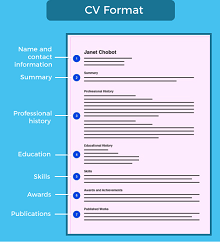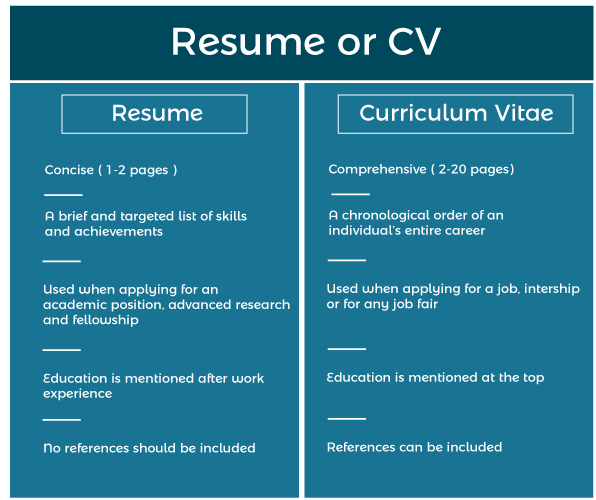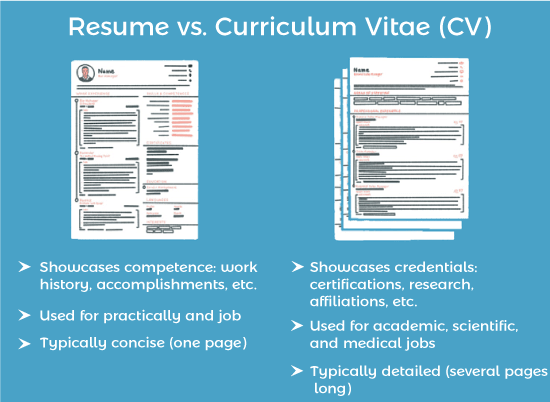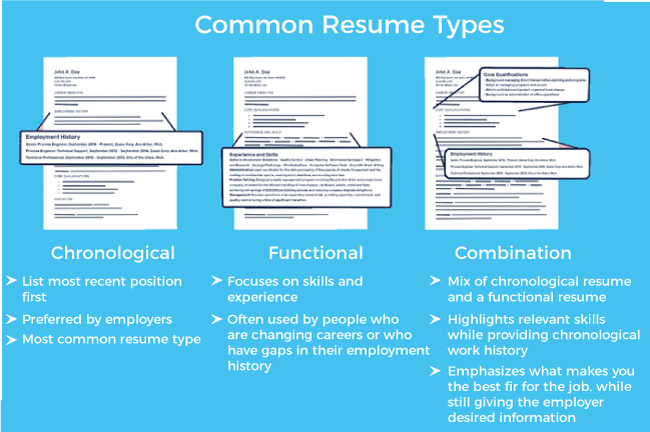CV - Curriculum Vitae
CV refers to the curriculum vitae; in Latin, CV or the curriculum vitae refers to "Course of life". This is abbreviated as CV. It is a summaries form of a person's career, educational qualification, and work experience. This term is very common in North American and British English. A résumé is a popular expression in North America, but not anywhere else; the term resume is a synonym for CV to refer to a short career summary. A curriculum vitae (or CV) is a lengthy or even total summary of an individual's career, academic credentials, and schooling, including publications and other information, which is commonly used in academia. Consequently, there is a pervasive myth that short CVs or curriculum vitae should be called short CVs in American English and that short curriculum vitae should be called résumés, but this is not backed by the records in American dictionaries of the language. Job seekers in many nations submit a short CV, which is used to screen the candidates and is often accompanied by an interview. Candidates applying for postsecondary programmes, scholarships, grants, and student grants may also be required to submit a CV. Since the 2010's an electronic CV has become increasingly popular among job seekers 2010s, whether via email, a job-oriented social network site such as LinkedIn, or an online recruitment site. General Overview of Curriculum VitaeGenerally speaking, a CV or the curriculum vitae is relatively brief (generally two sides of an A4 paper) and encompasses only an overview of a job seeker's work experience, academic credentials, schooling, training, skills, and some personal details about themselves. In North America, a quick and simple CV is often referred to as a résumé, but it is also labeled a CV outside of academia. Candidate's picture, date of birth, and most recent salary details are required in some Asian countries. A job seeker's CV is often customised so that the information is emphasised differently depending on the role for which they are applying. 
Curriculum Vitae in Academia
What not to include in CV or Curriculum Vitae?There are certain aspects that are not necessary to be included in your cv or the curriculum vitae, these include;
These details should are considered unnecessary and should only be provided if asked for them. Otherwise, at times, these tend to create a negative impression on the job employer.Hence should be avoided. 
Difference between Resume and CV or Curriculum Vitae

Essential Information Mandatory for Curriculum VitaeYour curriculum vitae or CV may include the following information. Depending on what you're applying for, your CV will have different components, so be sure to include the most pertinent information to aid your candidature. For best results, follow these steps when creating your CV. Please encompass your contact details in your submission.
Check MarginsMaintain your margins between.5 and 1 inch. A page with too wide a margin will have too much blank space, while a page with too narrow a margin will appear crowded and overfilled. In both cases, recruiters and hiring managers may be distracted or put off by this. Decide on a suitable format.A CV can be written in any of the three common formats: chronological, functional, or a combination of the three. If you want to create an effective CV that is a cross between a chronological and functional format, it is the format for you. According to your experience, career aspirations, and what you assume is most pertinent to the kinds of positions you're looking for; you'll decide which elements to prioritise. Personal details and contact info.When writing a CV, most people begin with their contact and personal details, but it is important to take care to leave out irrelevant details such as religious background or kid's names, etc. Education and certificationsThese are important factors to consider. In reverse order, list the names of the schools you've attended. Ph.D., M.A., and B.A. degrees that are available. Postdoctoral programmes, graduate and undergraduate schools, and high schools can all be included. Must include your two most recent educational learning. Dates are only suggested if you've recently graduated. Therefore, it's better to maintain that the employer's attention is drawn to your experience in the industry. Job experience and employment record-As far as employment records go, sequential curriculum vitae is the most commonly accepted format. To begin with, the most recent appointment is presented, followed by others in reverse chronological order. Your most latest employment should be given more attention and information. Begin with your most recent employer, then list the company or organisation, job title, and dates worked. You should list your responsibilities at your current job, as well as your experience and accomplishments. Your responsibilities are demonstrated by starting each bullet point with an action verb, such as "do." Whenever possible, it's also essential to determine your impact with numbers. This demonstrates to potential employers the precise outcomes you've achieved in the past. 
SkillsBe sure to mention your computer and foreign language skills, as well as any other latest training that is appropriate for the job you are applying for. This information can be included in a different category on skill sets. Hard and soft skills that contribute to making you the best choice for a job can be listed here.
Honours and AwardsDescribe your achievements or accomplishments in the industry related to your job application in this section. You should begin with the award's name, accompanied by the year it was given, the organisation that gave it to you, and specifics about the award, such as how often it is given, how many people receive it, and so forth. Publications and PresentationsMention crucial presentations, publications, studies, books, or other papers that have shaped your professional career in a meaningful way. Cite publications by including the names of the authors and the publication date, as well as the volume, page, and DOI numbers. Also include the presentation's title, date, and location. Proof ReadIt is extremely essential to proofread the CV before submitting it. Verify your CV for discrepancies before sending your job application. Try to get it reviewed by a trusted colleague or professional mentor, especially if they have experience in the field you're requesting for. A second opinion can be very helpful when it comes to creating a refined CV. Clear and ConciseKeep your CV as clear and concise as possible. Consider using a brief description of your work history and education instead of a long list of specifics. The language should be formal (no slang or abbreviations) and try and write in simple and clear English. Never Lie, Always tell the truth.Some of us may find it enticing to polish up our curriculum vitae too much and make our educational credentials or work history sound much better than they really are. If you're compelled to embellish your work history, resist the urge. Eventually, it will come back to bite you. A curriculum vitae that doesn't compliment your real work history or education will most probably be discovered at some point, either by the hiring manager or by you if you've been hired. Most companies often conduct background checks or references. Avoid overly complicated layouts.Arranging complex information on a CV with tables, columns, headers, and footers may seem like a great idea, but not all application process tracking systems can interpret this data effectively. Because of the complexity of the formatting, it is possible that some of your most important information will be lost or scattered when the application tracking system translates it. Save in the right format.When you're done, be sure to save your resume in the correct file format! However, PDF format appears to be the ideal format for your CV to save your file format. Choose a.docx format to make sure that all of the details on your CV are able to be processed.
Next TopicPWD - Public Works Department
|
 For Videos Join Our Youtube Channel: Join Now
For Videos Join Our Youtube Channel: Join Now
Feedback
- Send your Feedback to [email protected]
Help Others, Please Share










